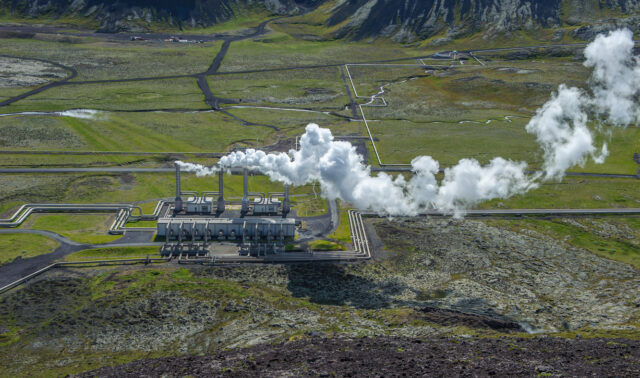Swarms of autonomous drones could be changing the face of agriculture in the US and beyond. In a landmark ruling, the American Federal Aviation Administration (FAA) recently made an exemption to existing drone operation rules. The exemption allows Texan drone manufacturer Hylio to let a single pilot simultaneously fly up to three 165-pound AG-230 drones. Hylio’s pilots have clearance to fly multiple heavy drones beyond lone of sight, and can do so at night. The decision has been heralded as a major step forwards in industrial drone deployment.
Industry experts believe this ruling could be a pivotal step in paving the way for “drone swarm farming”. While the ruling currently just applies to Hylio, it could soon be extended to the rest of the agri-drone industry. If so, it could put the technology competitive with traditional spraying and planting methods.
While the FAA’s permission currently extends solely to Hylio pilots, the FAA is expected to generalise its approval through a “summary grant.”
“It’s definitely going to increase adoption of drones because you can’t just write drones off as cool for spot-spray,” says Arthur Erickson, Hylio CEO. “Now they’re a mainstay for farmers, even large row crop farmers.”
Drone demand soars in the agricultural sector
The agricultural drone market was worth about $1.85 billion in 2022. While drones used primarily to spray crops with pesticide and fertiliser have been met with some enthusiasm, FAA regulations have placed significant limitations on the scale and degree of autonomy with which drones can work in agriculture.
Weight restrictions have, until now, limited drones flying beyond visual line of sight (BVLOS) to 55 lbs(24.9kg). Also, the ratio of drones to pilots has been limited to 1:1. Technological limitations and regulatory guidelines have, therefore, allowed traditional agricultural methods to remain more effective. This could all be about to change, however.
Erickson, in a recent interview, stressed the transformative impact of the FAA’s ruling on autonomous agriculture. “Swarming drones over 55 pounds has long been the desperately sought Holy Grail in the agricultural industry,” he explained.
Growth in drone services-related revenue will likely stem from the rising adoption of drones in agriculture. In addition to the drones themselves, this will also necessicte a mixture of services. These could include drone operation, data analysis, customisation, and regulatory compliance assistance.
The hardware segment dominated the market with a revenue share of about 51%. While hardware is expected to grow significantly over the coming decade, the software and especially services portion of the market is expected to register a significant CAGR over the forecast period.
Most farmers lack the necessary expertise to fully harness drone technology’s potential, which will boost demand for specialised services to enable effective drone utilisation and data interpretation. By 2030, the market for agricultural drones is predicted to exceed $10 billion.
Ag-drones are paving the way for autonomous swarms in other sectors
If successful, Erickson argues that autonomous drone swarms in the agricultural sector could pave the way for their adoption in other industries. The agricultural sector is a relatively low-risk environment, with relatively little scope for injury in the event of an accident or error. As a result, Erickson argues that it makes an ideal testing ground for refining sensitive avoidance systems essential for the safe operation of autonomous drones.
This could then pave the way for the broader adoption of drone swarms in other industrial sectors. Assuming they are proven safe and effective in a controlled environment like agriculture.
However, manned crop spraying organisation, the National Agriculture Aviation Association, has raised concerns over the FAA’s ruling. The NAAA published an open letter raising safety concerns for manned crop-duster pilots. “UAS [unmanned aerial systems] performing the same mission in the same airspace present a significant hazard [to manned aeroplanes], particularly during seasonally busy application windows,” they warn.
- Infrastructure & Cloud
- Sustainability Technology










